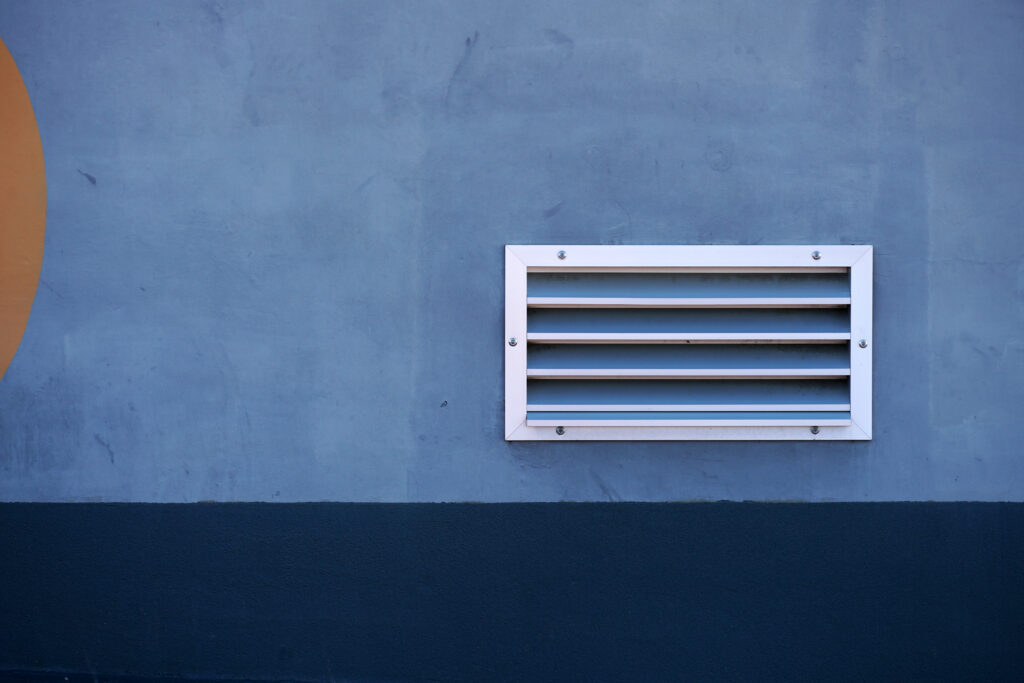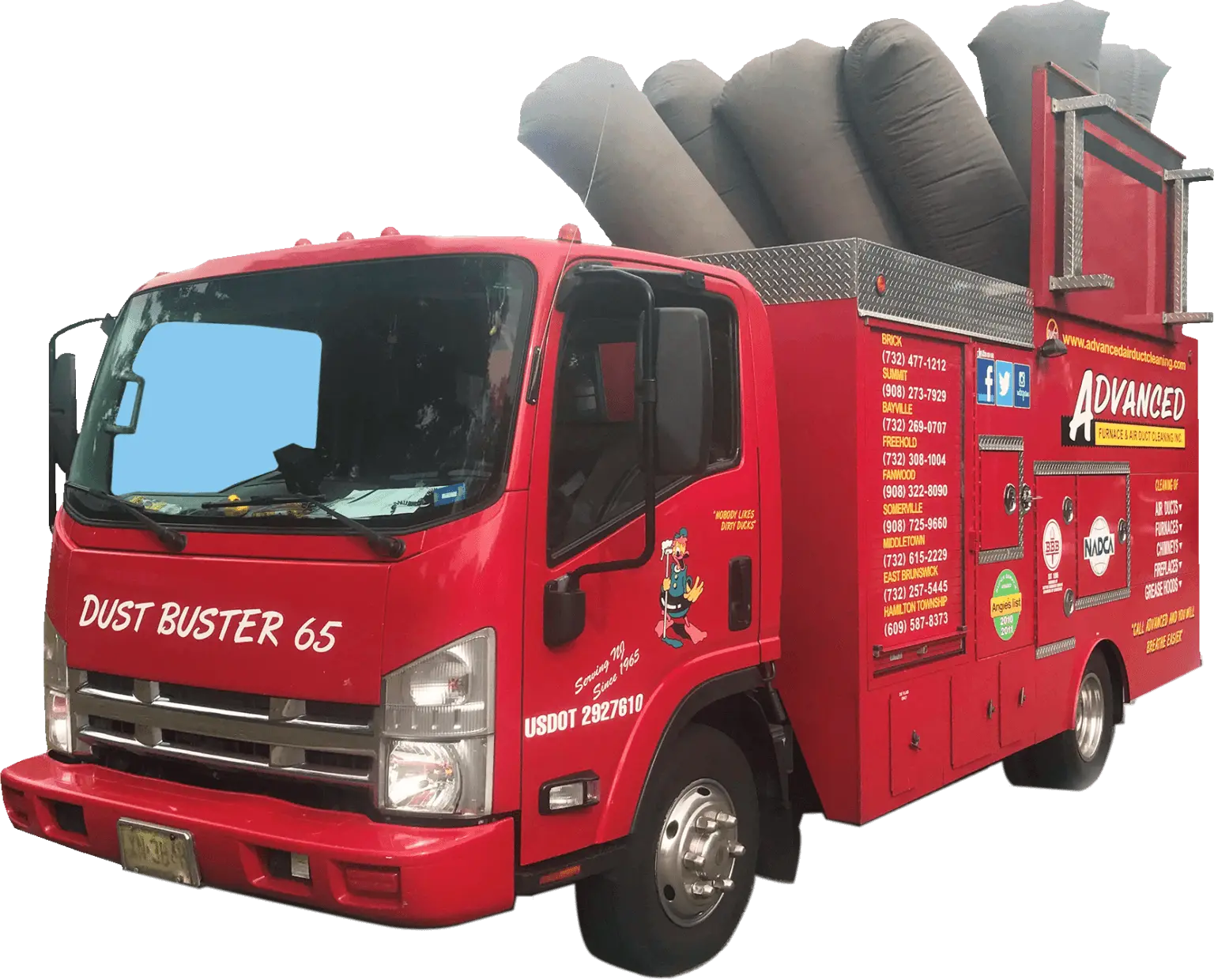
High and low wall vents are components used in ventilation systems to improve air circulation within a space. Here’s an overview of each:
High Wall Vents
•Placement: Installed near the ceiling.
•Purpose: These vents help expel warm air that rises to the top of a room, aiding in temperature regulation.
•Applications: Common in homes with high ceilings or in rooms that tend to accumulate heat, such as kitchens and attics.
•Benefits:
•Helps maintain a consistent temperature.
•Reduces the load on air conditioning systems by expelling hot air.
•Improves air quality by allowing for the removal of stale air and odors.
Low Wall Vents
•Placement: Installed near the floor.
•Purpose: These vents allow cool air to enter the room, as cooler air tends to settle at lower levels.
•Applications: Common in basements or lower levels of homes where cooler air might accumulate.
•Benefits:
•Facilitates the entry of fresh, cooler air.
•Helps to balance the overall air circulation within a room.
•Can work in conjunction with high wall vents to create a more efficient airflow system.
Combined Use
•Improved Circulation: Using both high and low wall vents together can create a convection current, promoting continuous airflow and improving overall ventilation.
•Energy Efficiency: By naturally regulating the temperature through effective ventilation, the need for artificial heating and cooling can be reduced, leading to energy savings.
•Enhanced Comfort: Balanced airflow helps in maintaining a comfortable environment by preventing hot and cold spots within a room.
These vents are particularly useful in maintaining good indoor air quality and optimizing energy efficiency in HVAC (Heating, Ventilation, and Air Conditioning) systems. For more information on high and low wall vents, reach out to Advanced Air Duct Cleaning.

